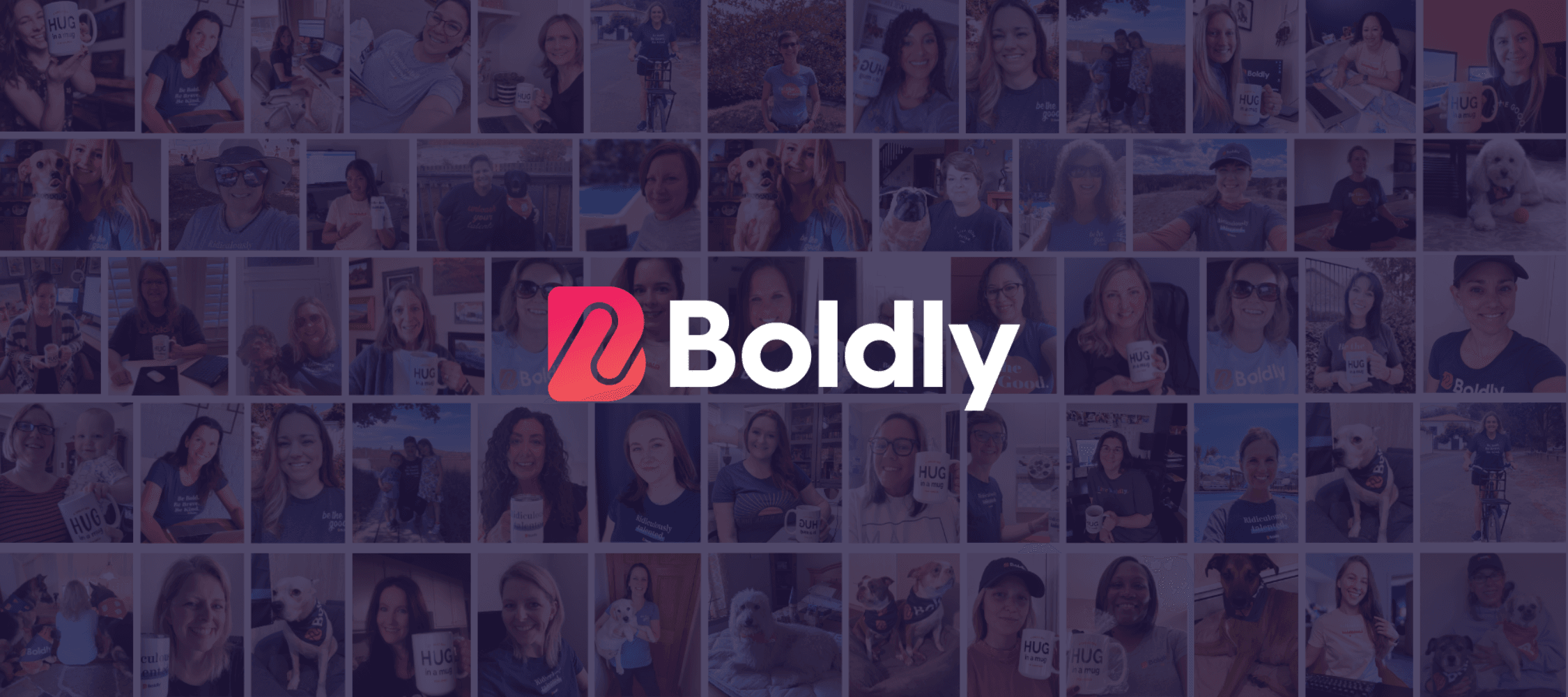We asked Author, TedX Speaker and Mindfulness expert, Beth Cabrera, to share with us how busy business owners can improve both their effectiveness and their wellbeing by practicing being present in their day to day:
It seems like we are all struggling to stay focused these days, at work and at home. Focus is important for many reasons. It’s critical for our productivity, but also for nurturing our relationships and experiencing a sense of calm.
Our minds have a natural tendency to wander. They are wired to notice novelty and seek out new information. This makes focusing difficult, but modern day technological distractions have made it exponentially harder. Research shows that the way we consume information on the internet actually changes our brains, reducing our attention spans and diminishing our capacity for deep thought. We need to work to regain focus. Our productivity, relationships, and happiness depend on it!
Mindfulness is the ability to deliberately direct your attention where you want it to go. It takes intentional effort at first, but mindfulness is a skill that everyone can develop. Here are a few ways you can practice being more mindful:
Meditate
One of the best ways to strengthen your attention muscle is through mindfulness meditation, which is simply focusing your attention on something like your breath and bringing it back each time you become distracted. Doing this for just a few minutes each day can build your ability to stay focused throughout the day. You will notice more readily when your mind starts to wander and you can refocus on the conversation or your work.
Stop shifting so much
Multitasking is impossible. Your brain is really switching back and forth between difference tasks. Doing this reduces productivity by 40% and increases stress. Your brain releases the stress hormone cortisol when you try to do more than one thing at a time, and if left unchecked can lead to multiple health related issues. So, plan your schedule to focus on distinct tasks at different times throughout the day. This includes scheduling times to check your email. Practice resisting the urge to switch to another task.
Don’t ‘Phub’
Phone messages and social media are most likely controlling your life. Every notification from your phone hijacks your attention. Even if you don’t look at it immediately, your brain is now wondering who the message is from and what it says. These interruptions also hurt your relationships. There is even a word for it now, phubbing! Think about how you feel when you are talking to someone and they snub you by checking their phone.
I realize it isn’t easy to control the amount of time you spend on your phone. Checking text messages or social media is addictive. It provides the same variable reinforcement that you get from a slot machine. One of the best things you can do is turn off all notifications. This doesn’t mean you can’t check your phone, it only means that you are taking back control so that you decide when to check it.
Putting social media apps on the second or third screen of your phone can reduce the temptation to open them. Physically distancing yourself from your phone also helps. Leave it in another room or in a drawer or in your purse when you want to focus on your work or spend quality time with others. And for heaven’s sake, don’t take your phone into your bedroom! Buy an alarm clock so that you can go back to getting a good night’s sleep.
Use your in-betweens more effectively
Pick a daily activity you are already doing that you can use to practice being present. You might choose to shower with awareness. Notice the water, how it feels, how it sounds. Notice how the soap and shampoo smell. Try not the let your thoughts wander to your to-do-list. Or you could practice mindfulness each time you walk to the bathroom or a meeting. Don’t look at your phone. Instead, notice each of your steps and your surroundings. Smile at the people you pass. Another option is to use the transition between work and home to enjoy a moment of mindfulness. Take some long deep breaths to check in with your feelings and center yourself before crossing the threshold.
Finding focus in a world of distraction is not easy, but it can be done! It takes effort and practice to create new habits that will boost your productivity, strengthen your relationships, and bring you a wonderful sense of calm.
Want to learn more about how you can build your well-being? Check out Beth’s book, Beyond Happy: Women, Work, and Well-Being, her TEDx Talk, and her blog.




